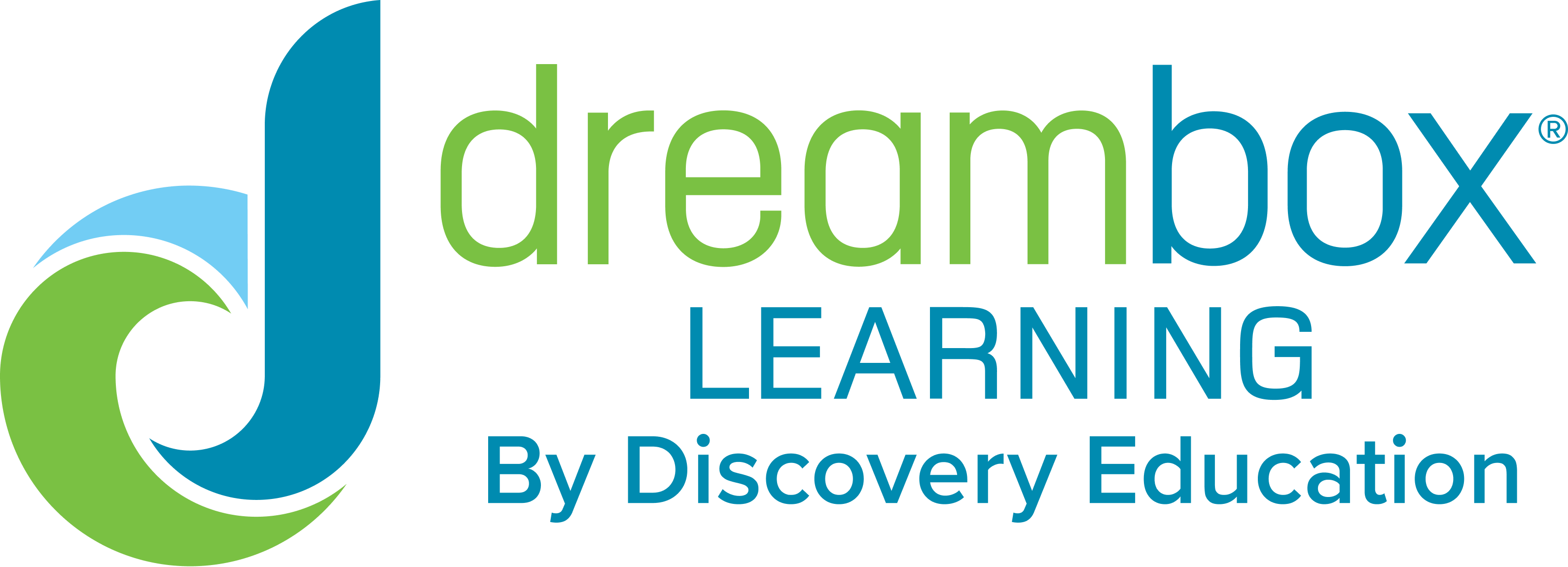Blogs
Science Matters: Literacy Research is the Key to Improving Reading Outcomes
December 10, 2021
SHARE NOW
How can we improve reading outcomes for all of our students?
Educators have asked themselves this question countless times. They have tried different strategies, software products, and professional development as potential answers. But with only 35% of U.S. fourth-grade students proficient in reading, where does reading instruction go from here?
Numerous terms, including the science of reading and the 5 components of reading, are at the forefront of discussions in the literacy field right now, yet both terms have appeared often in reading research for decades. What is behind the renewed interest?

The Science of Reading
In 2019, Mississippi was the only state where students showed gains in reading on the National Assessment of Education Progress (NAEP). A key differentiator for why Mississippi, a state where students have historically struggled in reading, showed reading gains is the investment the state has made in its teachers, providing intensive professional development in literacy practices that are firmly based on the science of reading.
The phrase science of reading refers to the large body of research connected to understanding how we learn to read. The science of reading points to those evidence-based approaches and methods that result in successful outcomes for students. For example, there is a renewed interest in the National Reading Panel’s research-based concepts that should be at the core of any reading instruction program. The five concepts are phonemic awareness, phonics, fluency, vocabulary, and comprehension. In addition, greater scrutiny has been given to the importance of teaching foundational reading skills with explicit, systematic instruction in phonemic awareness and phonics, a strategy that is clearly aligned with reading research.
The success in Mississippi has not gone unnoticed. Other states are beginning to support and pass legislation that focuses on evidence-based reading instruction aligned with the science of reading and proven to improve reading. Likewise, many literacy program providers are now promoting their offerings under the “science of reading” umbrella. The education world is buzzing constantly about yet another shift in reading instruction, even though for many educators, there is still much to digest and understand, especially how this shift could impact their current literacy instruction.
The Five Components of Reading
The National Reading Panel (NRP) convened in 1998 at the request of Congress to help determine how best to teach children how to read. Two years later, the NRP issued its report titled, “Teaching Children to Read,” which divided reading instruction into five components—phonemic awareness, phonics, fluency, comprehension, and vocabulary. The report summarized the research available at the time for each component and made recommendations for instruction for each.
Some key takeaways include:
- Phonemic awareness and phonics are critical to reading proficiency but not the end goal.
- These components should be explicitly taught, integrated with spelling instruction, in a
systematic way. - Educators need to make intentional decisions about the order that phonemic awareness and phonics skills should be taught.
- Strong fluency—created by automaticity and language comprehension and a solid vocabulary—is necessary to become a proficient reader
- Students can’t have fluency without the ability to immediately recognize and understand words, and decode unfamiliar words.
- Fluency allows for better text comprehension, which allows us to build our vocabularies, which allows for greater comprehension of more complex texts.
Additionally, the NRP reports that about 5% of students will learn to read with minimal instruction. These learners become readers no matter what kind of reading instruction is provided. Sixty percent of students will learn to read with significant support, and the remaining 35% will require intensive intervention to learn how to read. So while some students may need only minimal instruction in phonics and phonemic awareness, research shows that most students need substantial instruction in phonics-based skills to gain fluency, strengthen comprehension, and grow vocabulary.
Strategies to Consider for Your Literacy Instruction
While some states are shifting to literacy practices firmly based on the science of reading, not every state, district, or school is ready to shift their literacy instruction in this direction entirely. For those educators in the latter category, there are simple strategies that can be put into practice immediately to gently pivot toward what the research has shown to be effective instruction for improving students’ reading outcomes.
Below you will find a brief description of the three components that the Reading Plus program, for students in grades 3-12, addresses as well as some suggested strategies that can be easily incorporated into your current reading instruction to support improved reading outcomes.
Reading Comprehension
Comprehension means making meaning from text, but how to get to comprehension can be more complex and requires three processing systems: phonological (recognize familiar words or be able to decode unfamiliar words; meaning (understand the meaning of each word), and context (understand the meaning of sentences and entire texts).
One simple strategy to support your students’ reading comprehension is to incorporate read alouds into your instruction, using turn and talk, open-ended questions, discussion protocols in small groups, and student-student discourse to ensure 100% student engagement.
Another strategy, or resource, to support the development of comprehension skills is an online literacy program like Reading Plus that offers personalized scaffolding to build independent reading skills. The Reading Plus program automatically customizes lesson features including content level (based on an initial assessment), reading rate, opportunities to reread texts, and questions interspersed throughout each lesson. The program also allows students to self-select reading texts that are engaging and further build content knowledge and vocabulary.
Vocabulary
A 2019 research study found that young children whose parents read them five books a day enter kindergarten having heard about 1.4 million more words than kids who were never read to. For those children who were not read to, vocabulary acquisition is essential to improving reading comprehension and raising reading achievement.
Read alouds, a great strategy for improving reading comprehension, can also help build students’ vocabulary. In addition to vocabulary acquisition that can be formally taught before and during a read aloud, a combination of turn and talks, small group discussions, and student-student discourse can further grow students’ vocabulary.
Additionally, an adaptive reading program with built-in vocabulary support can supplement whole and small group instruction, providing a personalized path to vocabulary development and improvised reading comprehension. For example, the vocabulary component in Reading Plus teaches students a research-based compilation of highly valuable, cross-curriculum, general academic vocabulary. Students master words through activities such as matching a vocabulary word with its synonym, selecting sentences where it is used properly, and completing sentences with members of its word family.
Fluency
Definitions of oral reading fluency, the focus of grades K-2, often include speed, accuracy, and expression. Silent reading fluency, which becomes increasingly important beginning in grade 3, is the ability to read silently with sustained attention and concentration, ease and comfort, at grade-appropriate reading rates and with good understanding.
A few key ideas about fluency (mentioned above), in relation to literacy instruction:
- Strong fluency is created by automaticity, language comprehension and a solid vocabulary, and is necessary to become a proficient reader.
- Students can’t have fluency without the ability to immediately recognize and understand words, and decode unfamiliar words.
- Fluency allows for better text comprehension, which allows us to build our vocabularies, which allows for greater comprehension of more complex texts.
The literacy debate around best literacy practices will continue, possibly shifting toward instruction firmly based in the science of reading or remaining firmly planted in balanced literacy–or somewhere in between. While this debate happens, the above strategies are suggestions for your daily reading instruction that can boost students’ reading comprehension, vocabulary, and fluency, with the goal of improving reading outcomes for all students.
The above content is adapted in part from a presentation by Janine Walker-Caffrey. Dr. Walker-Caffrey is the former Chief Research Officer at Reading Plus.










